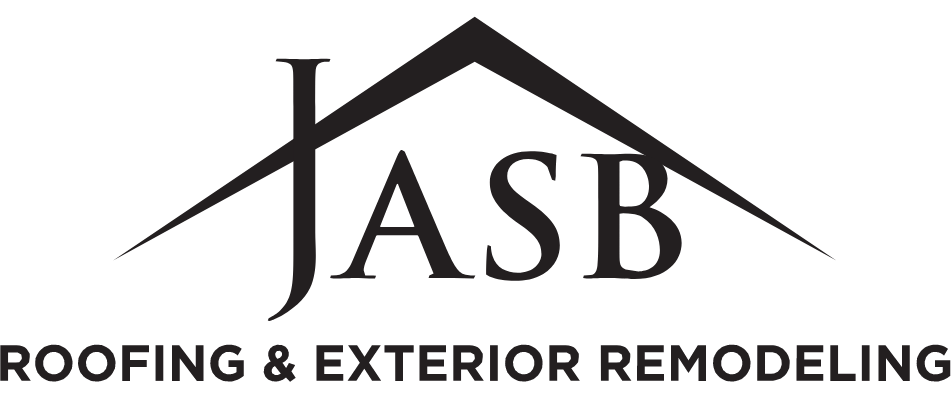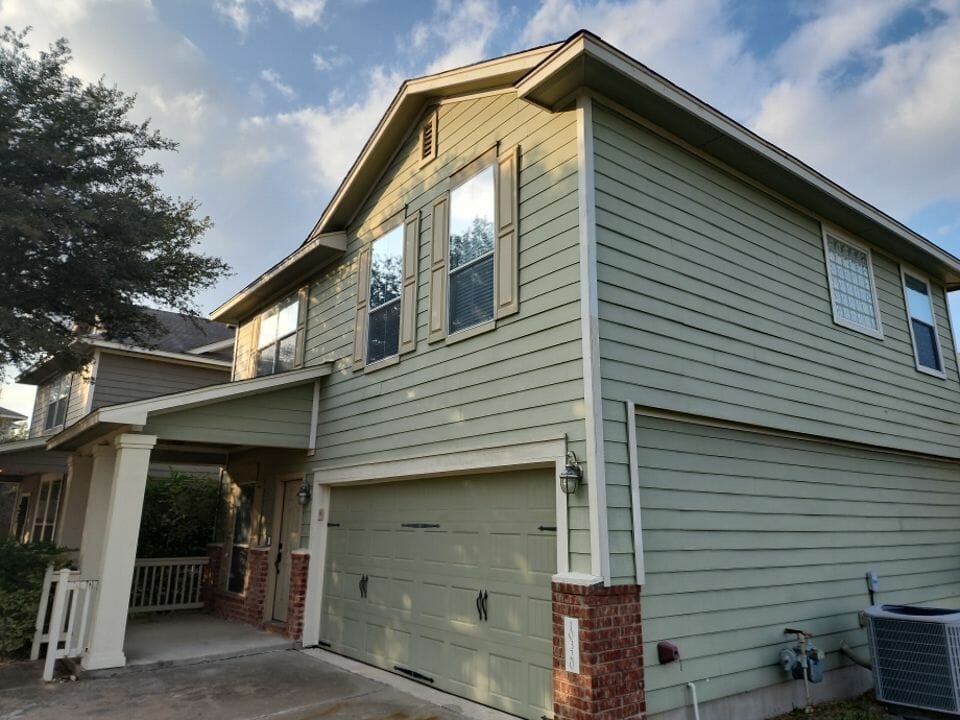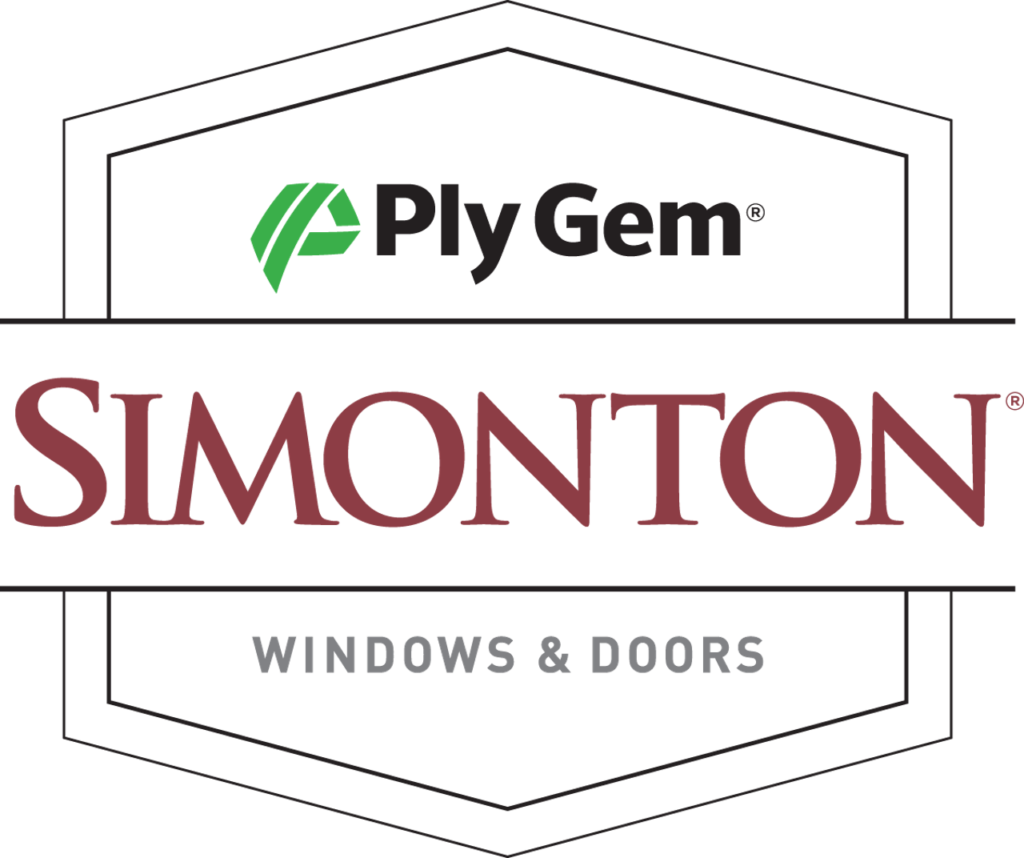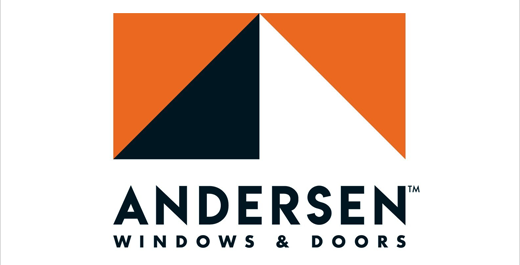When it comes to home improvement projects, replacement siding is an excellent way to enhance your home’s exterior appearance and overall value. This article will offer you an understanding of the realm of siding replacement, allowing you to make educated decisions for your property.
This guide will delve into the advantages of siding replacement and examine various types of siding materials that are currently accessible. Additionally, we’ll cover essential aspects such as cost considerations and lifespan expectations for different kinds of home siding replacements.
1. What Are the Benefits of Replacement Siding?
Replacing your home’s siding comes with numerous advantages that not only improve its appearance but also contribute to its overall value and efficiency. Some key benefits of replacement siding include:
- Improved insulation: New siding materials offer better insulation, helping you maintain a comfortable indoor temperature while reducing energy consumption. By investing in improved insulation, you can potentially reduce your energy costs and enjoy long-term savings. Discover how insulation can assist in saving money.
- Increase curb appeal: A fresh exterior look can greatly enhance your home’s aesthetic appeal, making it more attractive to potential buyers if you decide to sell in the future. Explore these ideas for boosting your property’s curb appeal.
- Reduced maintenance costs: Modern siding materials are designed for durability and require less upkeep than older options like wood or aluminum. With low-maintenance alternatives such as vinyl or fiber cement, homeowners can enjoy a beautiful exterior without constant repairs or repainting.
- Better protection against elements: High-quality replacement siding offers enhanced resistance against harsh weather conditions, protecting your home from moisture damage, rotting, mold growth, and insect infestations.
- Potential increase in property value: Investing in new siding may boost the resale value of your house by improving its visual appeal and energy efficiency.
Considering these benefits, it’s no wonder that many homeowners opt for replacement siding as a valuable home improvement project. To make the most of your investment, consult with an experienced exterior remodeling professional who can guide you through the process and help you choose the best siding option for your needs.
2. What Types of Siding Are Available?
When considering siding for your house, it’s important to understand the distinctions between the various types of materials accessible. The various siding materials available and their associated features and benefits are:
- Vinyl: Vinyl is a popular choice among homeowners due to its affordability, durability, and low maintenance requirements. It comes in various colors and styles, making it easy to find one that complements your home’s exterior design. Additionally, vinyl is resistant to rotting or insect damage; however, it may be prone to cracking or fading over time if exposed to extreme weather conditions.
- Wood: Wood siding offers a timeless look that many homeowners appreciate for its natural beauty and warmth. Common wood species used for siding include cedar, redwood, pine, and spruce. While wood requires regular maintenance such as painting or staining every few years to prevent decay from moisture exposure or insect infestation – this material has excellent insulating properties when properly maintained
- Aluminum: Aluminum is another durable option known for being lightweight yet strong enough against harsh weather elements like windstorms or hail damage without rusting easily compared with other metals like steel which could corrode faster under certain conditions
- Fiber Cement: Fiber cement siding is a composite material made from a mixture of sand, cement, and cellulose fibers. This type of siding is known for its durability, low maintenance requirements, and resistance to fire, insects, and rot. It can be designed to mimic the appearance of wood or other materials while offering better longevity
In conclusion, replacement siding can offer a vast array of materials, designs and shades to fit any home’s requirements. With this knowledge, you are now ready to explore the cost of replacement siding in more detail.
Key Takeaway:
When considering replacement siding for your home, it’s important to understand the different types available. Vinyl is affordable and low maintenance but may crack or fade over time. Wood offers a timeless look but requires regular maintenance to prevent decay, while aluminum is durable and lightweight. Fiber cement siding is resistant to fire, insects, and rot with better longevity than other materials.
3. How Much Does Replacement Siding Cost?
When considering replacement siding for your home, it’s essential to understand the costs involved in this home improvement project. The cost of new siding can vary depending on several factors, including the type of material chosen, labor expenses, and any additional work required (such as repairing underlying damage). In this section, we will outline some key factors that influence the overall cost of replacing your siding.
Type of Siding Material
The choice of siding material plays a significant role in determining the total cost. Some common materials and their approximate price ranges per square foot are:
- Vinyl: $1 – $8
- Wood: $5 – $14
- Aluminum: $4 – $9
- Fiber Cement: $6 – $13
Labor Expenses and Installation Costs
In addition to material costs, you’ll need to factor in labor expenses when calculating your budget for replacement siding. Labor rates can differ based on regional variations or specific contractor pricing structures but typically range from around $40 to over $100 per hour.
Add-On Services and Repairs
If there is any underlying damage or rot beneath your existing siding that needs repair before installing new materials, these additional services may increase the overall project cost. Furthermore, if you choose optional add-ons such as insulation upgrades or custom trim details during installation – expect higher fees associated with these enhancements.
To provide an estimate for a typical replacement siding installation using vinyl (the most popular option), homeowners should expect to pay between $6,000 and $15,000 for a 1,500 square foot home. Therefore, it is advisable to shop around and obtain multiple quotes from reputable siding contractors before making a final decision on your siding project in order to ensure the best value for your money.
Replacing siding can be pricey, so it’s essential to factor in the expense prior to settling on any choices. Moving on, let’s take a look at how long replacement siding lasts in order to make an informed decision about your home improvement project.
Key Takeaway:
Replacing siding can be costly, with factors such as the type of material chosen and labor expenses affecting the overall cost. Vinyl siding is a popular choice, with an estimated price range of $6k to $15k for a 1,500 sq ft residence. It’s important to obtain multiple quotes from reputable contractors before making any decisions about your siding project.
4. How Long Does Replacement Siding Last?
When investing in replacement siding, it’s essential to understand the expected lifespan of different types of siding materials and how proper maintenance can extend their life. In this section, we will discuss the durability and longevity of various siding options.
Vinyl Siding
Vinyl siding is a popular choice among homeowners due to its affordability and low-maintenance nature. With proper care, vinyl siding can last up to 60 years or more. To maintain its appearance and functionality, clean your vinyl siding periodically with mild soap and water.
Wood Siding
Wood siding, such as cedar or redwood, offers a classic look but requires more maintenance than other materials. If properly maintained with regular painting or staining every 5-7 years, wood siding can last for several decades upwards of 30 years or longer.
Aluminum Siding
Aluminum siding, although less common today than in previous decades, remains an option for some homeowners due to its durability against weather elements like wind and hail damage. Aluminum typically lasts between 40-50 years when well-maintained; however, it may require repainting every few years to prevent corrosion from moisture exposure.
Fiber Cement Siding
An increasingly popular choice for homeowners is fiber cement siding, which combines the durability of cement with the aesthetics of wood or other materials. Fiber cement siding is a wise choice for long-term use, boasting an expected lifespan of over half a century with proper care. This material requires minimal maintenance, such as periodic cleaning and repainting every 10-15 years.
In summary, the lifespan of your replacement siding depends on factors like material type and proper maintenance practices. By selecting a durable option that suits your needs and committing to regular upkeep, you can ensure that your new siding will serve you well for many years to come.
Key Takeaway:
Different types of replacement siding have varying lifespans, depending on the material and maintenance. Vinyl siding can last up to 60 years with proper care, while wood siding requires more maintenance but can still last for several decades. Aluminum and fiber cement sidings are also durable options that require minimal upkeep.
Frequently asked questions about replacement siding
What do I need to know about replacing siding?
When replacing siding, consider factors such as material type, cost, durability, and maintenance requirements. Choose a reputable contractor for proper installation and to ensure that your home’s exterior is prepared before the process begins. Research different materials to determine which best suits your needs and budget.
Is it worth replacing siding on a house?
Yes, replacing siding can increase curb appeal, improve energy efficiency, enhance weather protection, and boost resale value. It also allows you to address any underlying issues like water damage or insulation problems during the replacement process.
What is the best replacement of siding on a house?
The best replacement depends on personal preferences and specific needs. Popular options include fiber cement, vinyl, wood or metal (such as aluminum). Each material has its pros and cons regarding aesthetics, durability, maintenance requirements,and cost.
Conclusion
Replacement siding can not only make your house look better, but it also helps safeguard against inclement weather and boost energy efficiency. There are various types of siding available with different costs and lifespans, so homeowners should do their research before making a decision.
If you’re considering replacement siding for your home, contact JASB Solutions today for expert advice and quality service.
